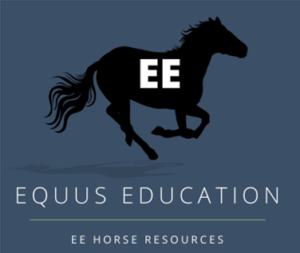Tuesday a representative of Kentucky Equine Research came out to speak to the students regarding nutrition, particularly that of the pregnant mare, weanlings and yearlings. She presented a well put together power point presentation and capably answered queries, despite having only just gotten back into the country after helping out with the Australian horses at the Beijing Olympics.
KER is well known to the Thoroughbred Industry and I’ve been introduced to their services through my studies at TAFE, the Irish National Stud and while working on Thoroughbred Studs.
It’s not uncommon for the larger studs to employ a nutritionist or two to assess their current feeding methods and suggest appropriate changes to get the best out of these born athletes.
At the end of the session, the staff member recommended that for those interested in pursuing nutrition (and why not – having knowledge in this area can put you streets ahead of others), work experience would be the way to go.
This was the point where my attention was wholly grabbed, and it seemed to be the case for a few of the students too. Here is an internationally recognised company that is happy to take on people – not just students – and teach them about the nutrition industry, giving them a foot in the door.
Some facts:
– KER is internationally recognised, being set up in North America, Australia and other places internationally.
– The last 5 people employed at KER in Australia had previously done work experience with KER.
– The end of the breeding season (around December each year) is an opportune time to do a few weeks work experience in which you will learn about the products and marketing them, dealing with clients nutritional queries over the phone and going out on the road with KER staff to assess particular stud’s feeding regimes and potential adjustments.
Be sure to check out the KER website if this appeals at all.
“Bread may feed my body, but my horse feeds my soul.”
tag: equine management, equine nutrition, horse studies, equine growth, horse diet
 This week teaching the Cert. II class has been focused on the rules of jumping and different types of jumps and it got me thinking about the knowledge behind those that design such courses for competitive events.
This week teaching the Cert. II class has been focused on the rules of jumping and different types of jumps and it got me thinking about the knowledge behind those that design such courses for competitive events.
 When I spent a short stint at
When I spent a short stint at 

